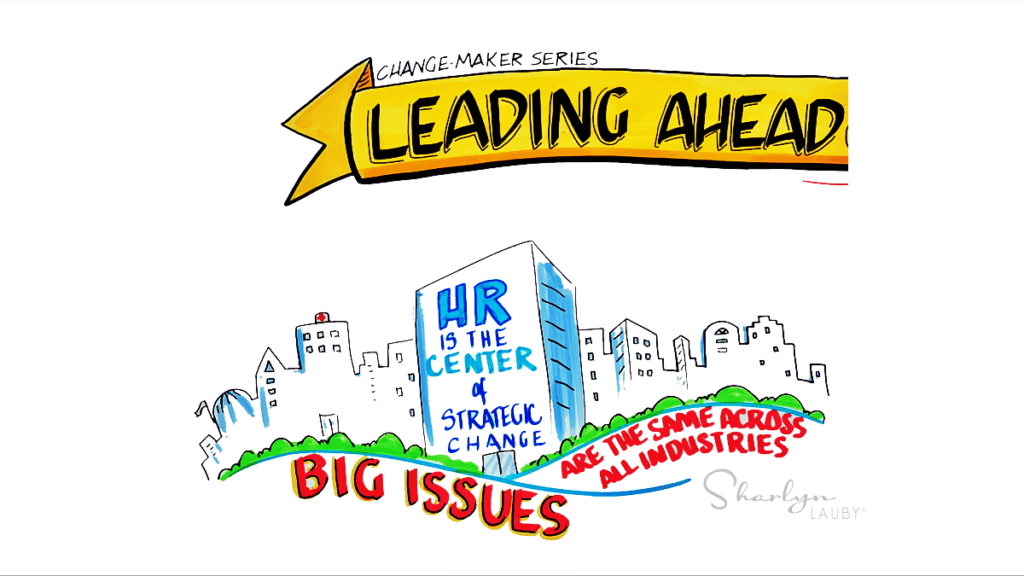Organizations Need to Have HR Compliance Stategies
Estimated reading time: 3 minutes
Over the years, there have been conversations about HR compliance being bad, wrong, or that part of the job that holds us back as a profession. Don’t misunderstand me. I’m not saying that following the law is bad or wrong. But sometimes people equate compliance with being very basic. And they figure if we spend most of our time doing basic things, then we don’t get to work on strategy (i.e., that ‘seat at the table’ stuff).
The reality is that compliance is strategic. The laws that organizations must follow are complex. And there are a lot of them. HR departments should develop compliance strategies so they can follow the law and guide the organization.
When companies have a compliance strategy, HR can do exactly what we were talking about at the beginning of this article – work with the organization on other strategies like recruiting, employee development, and total rewards. Here are a few articles to get the compliance strategy conversation going.
HR Compliance: Get Back to Basics During the Great Reset
When everyone is resetting expectations, now is the time for HR to get back to basics and reset how they’re going to do compliance. Case management software can help HR departments spend their time on activities that have a stronger alignment to the business and the bottom-line.
State Laws Can Impact Your Hybrid and Remote Work Strategies
The legal world is constantly changing. An increasing number of states are enacting legislation that impacts employment law. With employees being able to work from anywhere, this means organizations must understand the laws of the places where their employees are working.
Labor Law Posting Requirements for Hybrid and Remote Work
Today’s technology makes it easy to provide remote workers with their mandated postings. They also guarantee their work against government posting fines. When employees – regardless of where they work – know that organizations are transparent about their rights, it creates trust and engagement.
Strategic Compliance: Wage Garnishment Risk Avoidance
Right now, organizations are looking for HR and payroll to focus on employee recruitment, engagement, and retention. Employers must think about how they’re going to maintain compliance, including processing wage garnishments. But HR and payroll departments do not want to spend their time memorizing wage garnishment legislation in every state.
4 Compliance Strategies that Create Labor Efficiencies
Sadly, many HR processes are still manual and labor-intensive, burdening staff with tedious, inefficient tasks that can potentially introduce avoidable errors and compliance risk into the process. Creating a compliance strategy can lower costs, reduce unnecessary overhead, diminish risk, and position companies for both compliance and growth. As a result, the organization can concentrate on more strategic work – which may go beyond cost savings to positively impact employee hiring, engagement, and retention.
Making the Case for Strategic Compliance Change
When HR teams can look beyond day-to-day operational activities and compliance responsibilities, they can focus on identifying and capitalizing on opportunities to contribute to executive-level strategic business goals and to having a greater impact on employee recruitment, engagement, and retention. That’s where the organization wants them to be.
At the start of this article, I mentioned how having a compliance strategy is good for HR teams. Don’t forget that compliance strategies are good for recruitment, engagement, and retention. Employees can see that the organization makes compliance a priority. This helps with building trust and creating a safe work environment.
Image captured by Sharlyn Lauby at the SHRM Annual Conference in New Orleans, LA
31